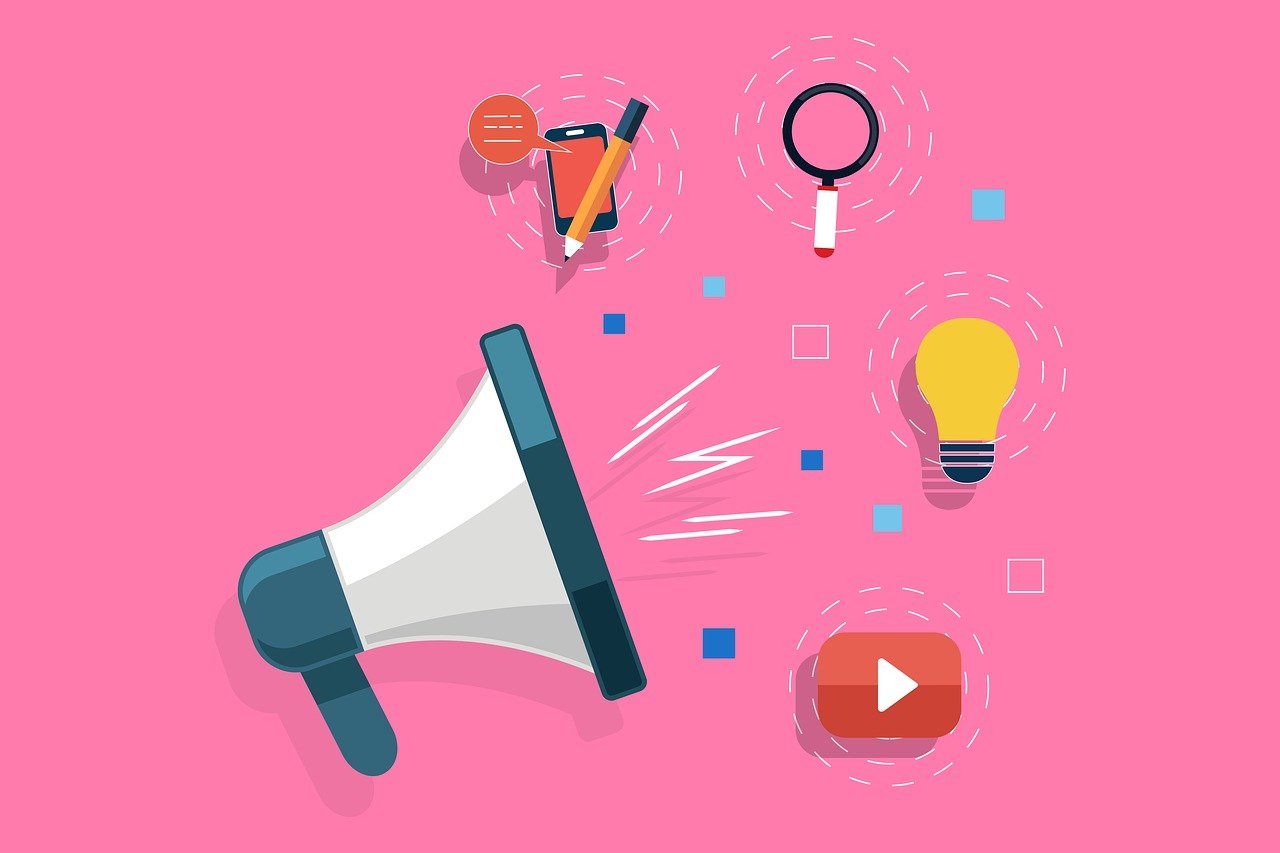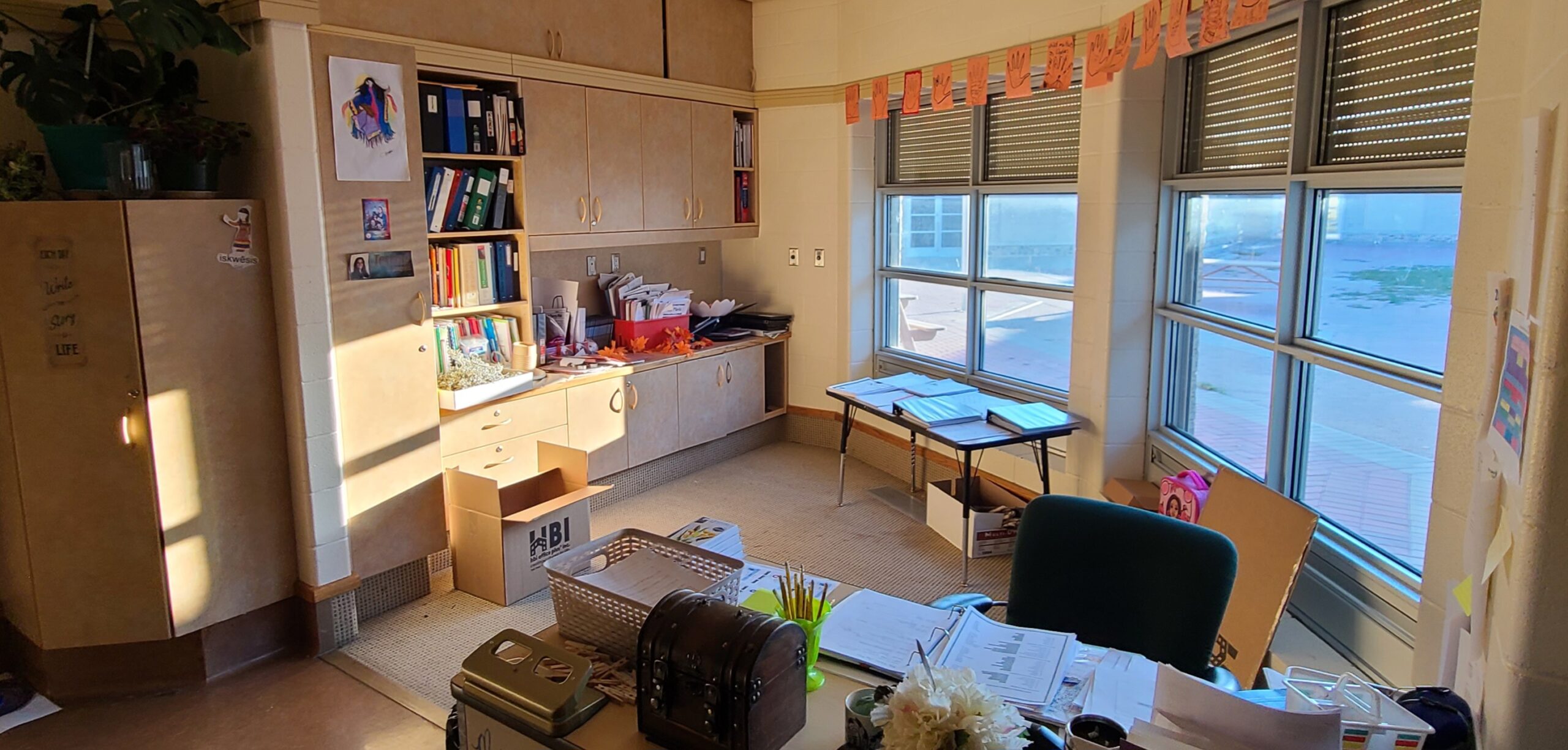
I find the topic of digital citizenship very interesting as an educator. It has me reflecting on how technology was treated when I was in elementary and high school. I feel that the online world was not a topic that was focused on heavily. When it was, we were taught to fear it! More so, there was still a disconnect between the ‘real’ world and the online world. After reading this article by Jason Ohler, I realized that this separation can be described as the “two lives” perspective. However, this perspective has its issues. Through this perspective, it’s believed that digital technology doesn’t have a place in the classroom or curriculum, and students should just learn to navigate this world on their own. I don’t think that this notion is realistic or beneficial for our students and our society as a whole.
“One Life” Perspective & Digital Dualism

There is another lens we can see through, referred to as the “one life” perspective. Through this view, we can recognize that it’s our responsibility as educators to adjust to our digital world and help our students navigate it. More so, this perspective encourages us to integrate our digital and physical lives, as there is no separation between the two. The misconception that there is a disconnect between our online and offline lives is referred to as “digital dualism” in this article by Nathan Jurgenson. Essentially, it’s not practical for us as educators to simply teach our students that it’s better for them to completely unplug themselves from all digital technology. Rather, we should be empowering them to connect, create, and be thoughtful with their actions online.
Ribble’s 9 Elements of Digital Citizenship
The topic of digital citizenship can be overwhelming to comprehend. Thankfully, there is a framework for educators and policy-makers to consider, which can be found in this document. This policy planning guide is based on The Nine Elements of Digital Citizenship by Mike Ribble, which include:
- Digital Etiquette
- Digital Access
- Digital Law
- Digital Communication
- Digital Literacy
- Digital Commerce
- Digital Rights & Responsibilities
- Digital Safety & Security
- Digital Health & Wellness
I believe that it’s important for all of these elements to be incorporated into the curriculum throughout all grade levels.
How to Approach Digital Citizenship in the Classroom
While I won’t get into the specifics of each of the nine areas of digital citizenship, I do have some ideas for how to incorporate them into the classroom. For example, I might teach Digital Etiquette by facilitating discussions on appropriate ways to conduct yourself in a digital space. We could explore how others may perceive our messages online. More so, I think it’s important to use real scenarios to analyze how to handle conflicts such as cyberbullying effectively. Digital Literacy could be integrated into lessons where students have to analyze the same story from two different outlets to recognize bias and what is a credible source. Digital Communication might be explored by creating a positive digital footprint through an ePortfolio project- much like this one!

The activity will depend on the grade level being taught. Fortunately, there is a Digital Citizenship Continuum from Kindergarten to Grade 12 document that is intended to help guide educators in teaching these concepts to students. Overall, I strongly believe that these elements should be fully incorporated into our curriculum so that we are preparing students to be knowledgeable, safe, and successful in our continuously changing digital world. So, what ideas do you have to incorporate digital citizenship into your classroom?



One Comment
Carys Moffatt
The two lives perspective is so damaging! I agree with the importance of the one life perspective. Technology is involved in nearly every aspect of our lives; it’s time we accept that and embrace it!